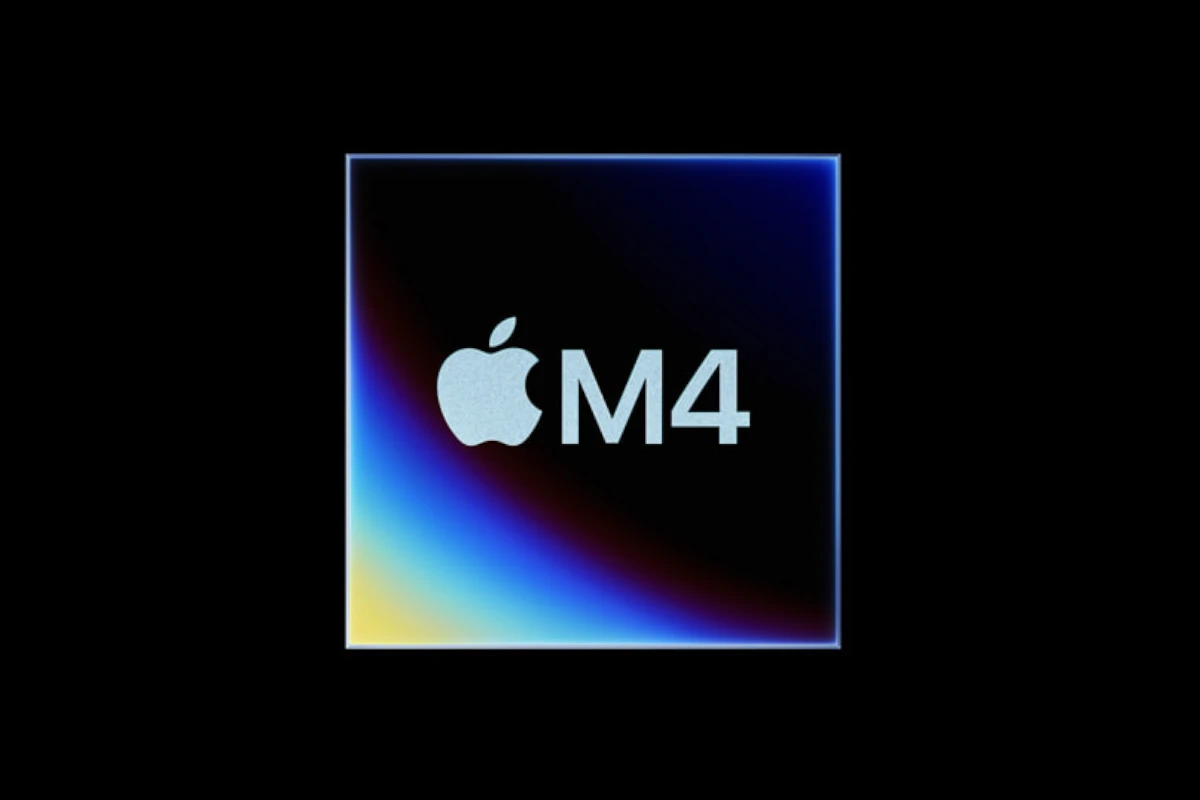Apple, renowned for its groundbreaking technology, has made substantial progress in developing its own chips for a variety of devices, including iPhones, iPads, and Mac computers. The shift from depending on external suppliers like Intel to creating its own silicon represents a bold move for Apple, aimed at designing more powerful and efficient devices. The company’s in-house chips, beginning with the A-series for iPhones and iPads, showcase Apple’s dedication to enhancing the performance and capabilities of its products.
With the introduction of the M1 chip, Apple’s foray into self-sufficient silicon production achieved a significant milestone. The M1 marked the start of a new era for Macs—MacBook Pro, MacBook Air, Mac mini, and iMac—all benefiting from the integrated system-on-a-chip (SoC) architecture. The transition to Apple’s own processors not only indicates improvements in speed and battery life, but it also represents a strategic move to achieve tighter integration between hardware and software, setting a new standard for personal computing.

Why Apple Makes Their Own Chips
Apple’s decision to design and use their own chips stems from a desire for greater control, performance, and efficiency across their product ecosystem.
reasons include:
- Optimized Performance: Custom-designed chips allow Apple to tailor their silicon to perfectly match the specific needs of their hardware and software. This leads to improved performance and responsiveness across their devices.
- Enhanced Efficiency: Apple silicon is renowned for its power efficiency, translating to longer battery life for iPhones, iPads, and Macs.
- Seamless Integration: Tight integration between hardware and software fosters the development of unique features like the Neural Engine, which accelerates machine learning tasks, further enhancing the user experience.
- Greater Control & Innovation: By designing their own chips, Apple gains more autonomy over their product roadmap and can innovate faster without relying solely on external suppliers.
- Cost Efficiency: In the long run, producing their own chips could lead to cost savings for Apple, allowing them to control production costs and potentially offer more competitive pricing.
Overall, Apple’s move to create their own chips is a strategic decision aimed at maximizing performance, efficiency, and user experience while solidifying their control over their product ecosystem and fostering innovation.
Apple’s Chip Design: A Game-Changer in the Tech Industry
Apple doesn’t just design sleek devices – they craft the very brains inside them too. These custom-made chips, known as Apple silicon, power many of their products, including iPhones, iPads, Macs, and Apple Watches.
A History of Chip Evolution
Apple’s journey into chip design began years ago with their A-series chips for iPhones. These chips quickly gained recognition for their performance and efficiency, outpacing many competitors. Apple then expanded their expertise, developing the M-series chips for their Macs, signaling a major shift from using Intel processors.
Apple Silicon: A Family of Chips
Apple silicon encompasses a range of chips tailored to different devices and needs:
| Chip Series | Purpose | Featured Devices |
|---|---|---|
| A-series | iPhones and iPads | iPhone 14, iPad Air (5th gen) |
| M-series | Macs | MacBook Air (M2), Mac Studio |
| S-series | Apple Watches | Apple Watch Series 8 |
| H-series | AirPods | AirPods Pro (2nd gen) |
| W-series | Wireless Connectivity | Various Apple devices |
| T-series | Security | Macs with Touch ID |
Advantages of Apple Silicon
Apple silicon has brought several key advantages to Apple devices:
- Performance: Custom-designed chips allow Apple to optimize performance for their specific hardware and software, leading to faster and more responsive devices.
- Efficiency: Apple silicon is known for its power efficiency, translating to longer battery life for iPhones, iPads, and Macs.
- Integration: Tight integration between hardware and software allows for features like the Neural Engine, which accelerates machine learning tasks.
- Control: By designing their own chips, Apple gains more control over their product roadmap and can innovate faster.

Apple’s silicon strategy has proven successful, delivering impressive performance and efficiency gains across their product lineup.
Key Takeaways
- Apple manufactures its own chips for enhanced device performance and efficiency.
- The M1 chip initiation represents a major shift for Apple’s Mac lineup.
- Apple’s silicon integration exemplifies a dedication to holistic hardware and software synergy.
Apple’s Shift to In-House Silicon
Apple has taken control of its chip design, moving away from Intel processors. This change impacts Mac computer performance and shapes the future of Apple products.
Historical Context and Transition from Intel
Apple used Intel chips in Macs for years, offering compatibility with Windows and strong performance. In a bold move, Apple started to design its own processors. These chips are based on ARM architecture already used in iPhones and iPads. Apple named this venture Apple Silicon. Apple’s M-series chips like the M1 and the newer M3 are system on a chip (SoC) solutions. They integrate the CPU, GPU, and more onto a single chip.
Impact on Product Performance and Efficiency
When Apple switched to its own silicon, performance and efficiency got better. Macs with M1 chips could run for up to 22 hours on a single battery charge. These ARM-based chips are more energy-efficient than many of their rivals. They also sport a powerful GPU and Neural Engine for tasks involving machine learning and AI.
Software Ecosystem and Developer Relations
Apple’s switch to in-house silicon made a big impact on the software that runs on Macs. MacOS had to adapt—Apple developed Rosetta 2, a tool that helps old apps work well on the new hardware. At the same time, Apple helps developers update their software. This ensures popular programs like Adobe Photoshop and Microsoft Office operate smoothly.
Future Prospects and Innovation
The future for Apple Silicon looks promising. Performance gains continue with each new M-series chip. Apple’s control over chip design allows for innovation. We can expect more powerful chips that are better suited for Macs. These innovations could potentially extend to other devices too, like the Apple TV and Apple Watch, enriching the Apple ecosystem.







